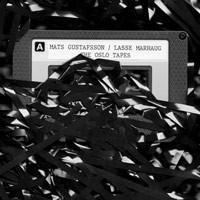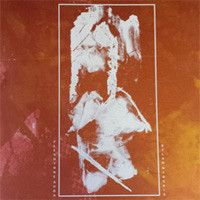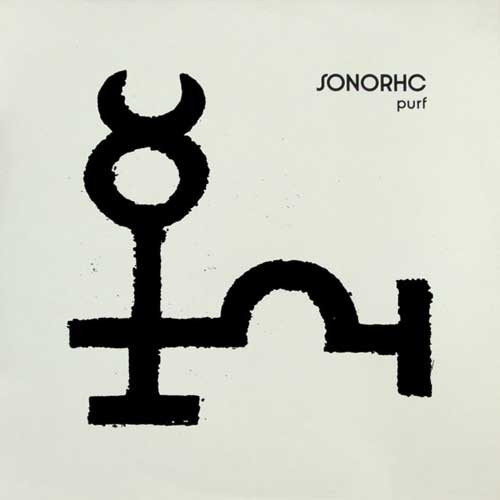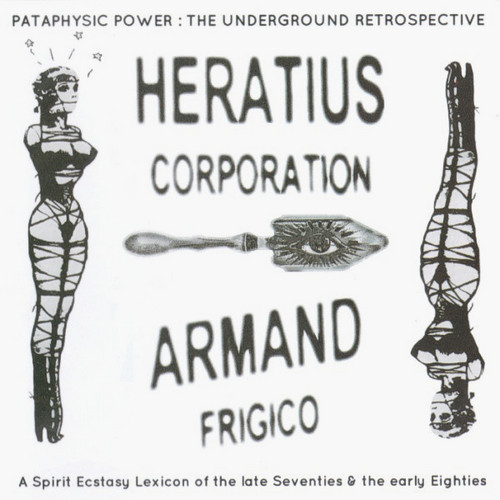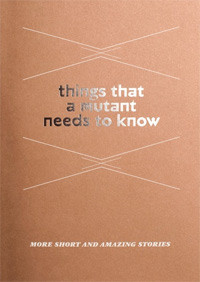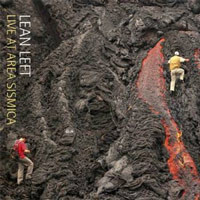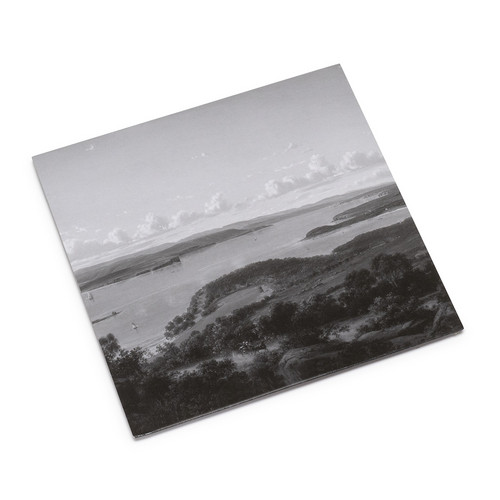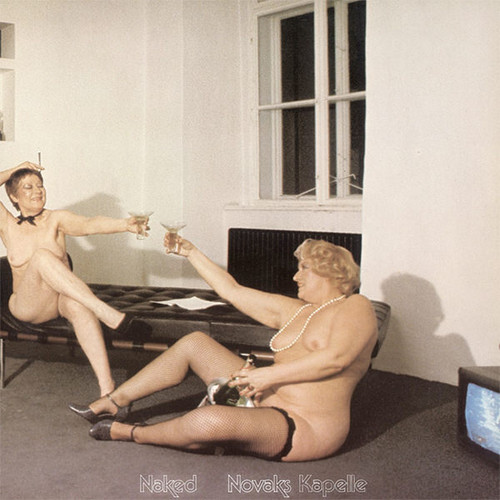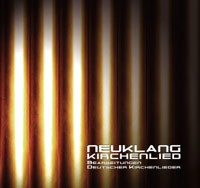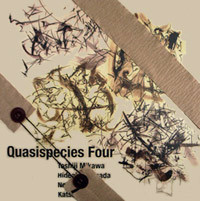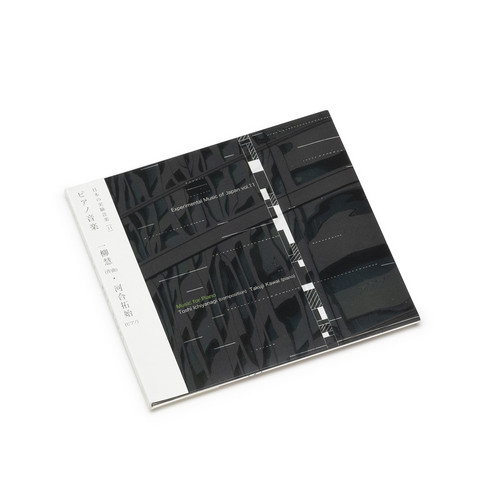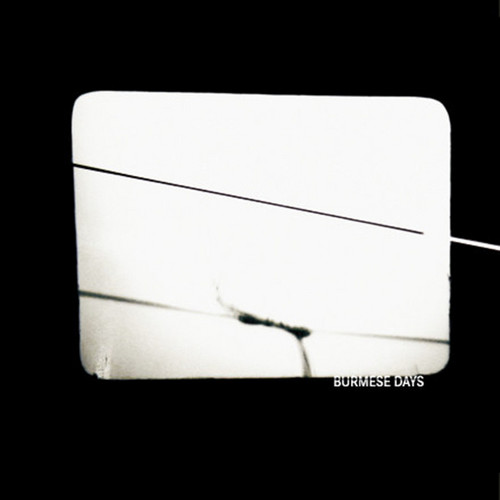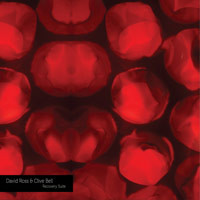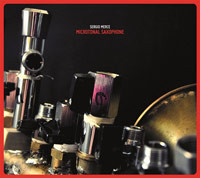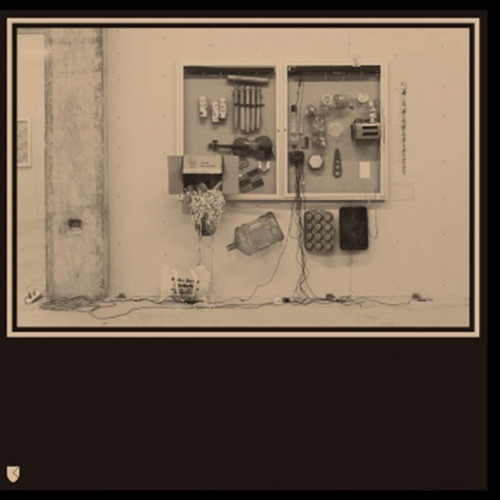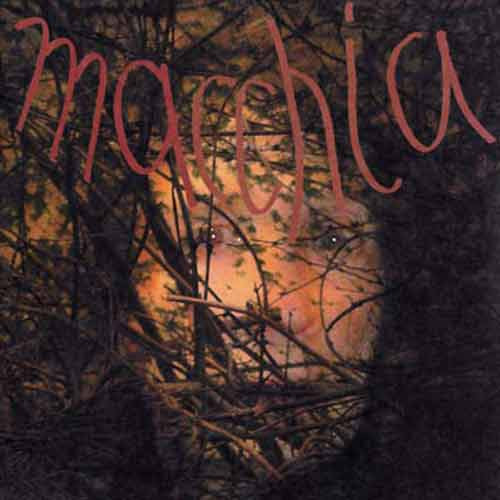Positions
13 tracks selected from an archive of field recordings collected in Europe and U.S. during 2005-2013. ZimmerFrei is a collective of artists (Massimo Carozzi, Anna de Manincor, Anna Rispoli) whose complex practice is located on the crossways of cinema, theater, music and performance. Mixing formal languages, the group produces kaleidoscopic sonic and visual works that investigate real and imaginary urban environments, where the mental and the physical blend in a coherent narrative of human e…
Oslo Tapes
Mats Gustafsson, aka King Skronk, aka Skronkmeister General, aka The Skronk Controller, aka Squeaky Pete, aka Skronkmaster Flash, joins forces with another experimental giant Lasse Marhaug (aka The Ear Destroyer, aka Mr Skreee, aka Electro Crunch Bastard, aka Testicle Hazard) on this sanity-obliterating collaboration. Squeaky reeds go head to head against fluttering, hissing, rotting reels in a shrill, broken, fluttering noise experiment. It sounds horrible, of course, and if you're looking at t…
Cubic Zirconia / Bad Karlshafen
Kye is proud to present a new 7' coupling from Philadelphia's Good Area, expanding and refining the signature sound first heard on 2013's 'French Antarctica' LP. 'Cubic Zirconia' offers a coarse instrumental homage to the cubic crystalline form of zirconium dioxide. 'Bad Karlshafen' delivers a stark, text-based rumination on the breakfast habits of the Huguenots, collapsing ice-rinks and astral photography, bundled together in a viper's nest of non sequiturs. 'Cubic Zirconia' b/w 'Bad Karlshafen…
Split
While Dylan Nyoukis has become on the great out vocal performers of the past two decades, his backbone of crude fluxus certified tape collage is what got him into the main event scene back in the 90's. Secondary Skin is almost a throwback album for the Nyoukis fan. The spontaneity and natural course of direction of his bellyaches combined with straight no chaser editing complete the experience. Fleshtone Aura is the current persona of Gastric Female Reflex founder and visual artist Andrew Zukerm…
Purf - Outrelande
Early 70’s, a group of musicians around Jean-François Gaël, André Chini, Philippe Gumplowicz, Pierre Buffenoir and Youval Micenmacher formed Sonorhc in 1971 near Paris. This discreet band had released only three albums in twenty years : « Purf » (LP-1972), « Outrelande » (LP-1982) et « K’an » (CD-1991). 2014, Fractal Records propose today the first official reissue of the two first albums in a beautiful remastered edition after more than forty and thirty years respectively (!) ; two rare albums,…
Pataphysic Power:The Underground Retrospective
Obscure 1970's French underground band cantered around Robert Diaz and Florence Leroy. Other members have included Armand Miralles and Kristof Temple. Feeling like a mix of Etron Fou Leloublan and Faust (in acoustic mode that is), with hints of Albert Marcoeur, Red Noise, it is full of invention and typically French eccentric touches. It was also much touted by Chris Cutler (of Henry Cow fame) at the time as the French Faust.Double CD retrospective of this amazing « mysterious » underground Fren…
Things That A Mutant Needs To Know
A collection of fifty-five short tales and fifty-five brief musical works composed by a momentary collective of eighteen musicians. Reinaldo Laddaga has created the fictional second volume of an anthology that Argentinean writers Jorge Luis Borges and Adolfo Bioy Casares published in Buenos Aires in 1956. The result is an enchanting and somber collection of very short texts, where the most diverse authors (from Lucian of Samosata to Virginia Woolf, from Emmanuel Swedenborg to Blaise Cendrars) te…
Live at Area Sismica
Ken Vandermark, tenor saxophone, baritone saxophone, clarinet. Paal Nilssen-Love, drums, Terrie Ex, guitar, Andy Moor, guitar. 'Live at Area Sismica' is Lean Left's fifth live recording, the second released on Unsounds, and by far the best, most versatile and exciting yet. Recorded live at Area Sismica in Forli Italy, September 22 2012, the final date of a long tour with thousands of kilometres behind them: the band at this point have played enough dates in a row to have become a very tight unit…
The Unattended Serge 1978 / Five Evolutionary Things 1979
A rare window into the early modular explorations of David Chesworth, The Unattended Serge 1978 / Five Evolutionary Things 1979 is a playful, minimalist suite for Serge synthesizer, predating his work with Essendon Airport.
Spectral Arrows: Sidney
Spectral Arrows: Sidney presents Marco Fusinato’s durational guitar and electronics performance, channeling the intensity of Sunn O))) and the conceptual rigor of Alvin Lucier.
Naked
One of the wildest Austrian bands in the late 60s and 70s, with their own mix of progrock, hardrock, art, porno and extreme live-shows. Now after more than 30 years a one time repress of 750. Erwin Novak - drums, Walla Mauritz - vocals, Peter Travnicek - bass, Paul Braunsteiner - guitar Recorded 1977 at Musicland Studios, Munich.
Neuklang Kirchenlied
German bands and solo artists bring old hymns into contemporary music. The spectrum ranges from jazz to pop, from rock and metal to acoustic art. An essential part of the concept is that text and melody are preserved. The tradition of hymns is a living one and variation has always been part of it. The remixes of this project bring more variation to it. Tracks by Arbeit, Lüül, Joni & Joni, Workshop, Die Praktikanten, A.R.S., Der Bote, Snubnose, Zeitblom feat. Hitomi Makino, Nicolas Weiser.
Naked Tape and Others
Ten pieces for hurdy gurdy and tape (forty minutes) recorded between 2008 and 2013. With book-based covers about the human body (each one unique), this is a truly elaborate package, with an insert, gut-string, cotton, ninety-minute private sound recording entitled the "Naked Tape," box of paulownia wood.
Quasispecies Four
A document of a quartet session by Toshiji Mikawa(Incapacitants, hijokaidan), Hideaki Shimada(Agencement), Nobuo Yamada(Artbreakhotel), and Katsuyoshi Kou(Soundings), recorded at Hatchobori Nana Hari on April 28, 2012. At the time Hideaki Shimada (Agencement) had just started drawing again, and it was advertised that the session would be recorded and released as an LP using Shimada's artwork. Four twenty minute takes were recorded, and the LP includes two of these takes. The project title,…
Music for Piano 1959-1961. Obscure Tape Music of Japan vol. 11
The Music for Piano series was written under John Cage's influence in his New York years. This CD is the premiere complete recording without simultaneous playing. The series was played and recorded by pianist Takuji Kawai at KEN in Tokyo in October 27, 2012. "Music for Piano No. 1-No. 7" was composed between 1959 and 1961. All the works were written using graphic notations (No. 1, No. 2, No. 5 and No. 6) and instructions (No. 3, No. 4 and No. 6). "This period of my compositions such as 'Music fo…
Burmese Days
Over the past several years, Vienna-based composer / producer Peter Kutin has been working intensely at the little-explored junction between sound art and journalism / documentation. Focusing on sonic experiences in extreme or exceptional conditions, Kutin explores both the physical and psychological impacts of such extremes on how we hear. Later translating or orchestrating these experiences into sound. Despite his age, Kutin has already seen (and heard) many lost corners of the world, having r…
Recovery suite
David Ross plays here a customized analog oscillator, baptized drosscillator. Among others, he has worked in the past with Evan Parker. He is also known as the drummer for the instrumental combo Kenny Process Team. He has previously released another critically acclaimed duo album with Clive Bell, 'Mystery Lights / Nightflower'. Clive Bell studied the shakuhachi (Japanese flute) with Kohachiro Miyata in Tokyo. In 2005 he took part in the British Council Beijing project, Sound & The City, alongsid…
Microtonal saxophone
Argentinian saxophonist Sergio Merce works on projects involving interactions between free improvisation and contemporary music. He made several european tours with Axel Dörner, Andrea Neumann, Burkhard Beins, Julia Eckhardt, Boris Baltschun, Serge Baghdassarians, Jason Kahn, Lucio Capece, Alan Curtis, Toshimaru Nakamura, Keith Rowe, Christof Kurzmann…During the last three years, Sergio Merce transformed his alto saxophone in a tremendous and radical way.
« I have been working on a "microtonal s…
Fits & Starts
For the tenth volume of FRKWYS, composer, percussionist and sound designer David Van Tieghem alongside ten younger artists from across the avant spectrum become a bulletin of Fits & Starts. In July of 2012, RVNG Intl. was invited to participate in Bulletin Boards, a group exhibition at Venus Over Manhattan curated by White Columns’ gallery director Matthew Higgs. An extension of an ongoing project which resides in the entrance of White Columns’ downtown New York gallery, Bulletin Boards featured…
Macchia Forest
An organic audio forest of analogue electronics, electro-acoustic sounds, sound-sculpture instruments plus singing and piano, even (outrageous!). "The guy from HNAS with the wonderful lady from Anima, plus one of Christoph Heeman's buddies from the project In Camera. Homemade marimba, voice, violin, hand drums, trumpet, autoharp, & electronics slip around each other quietly. Heeman knows how to be ominous, and Fuchs knows how to be squirrely, so they complement each other really well." Weirdorec…

